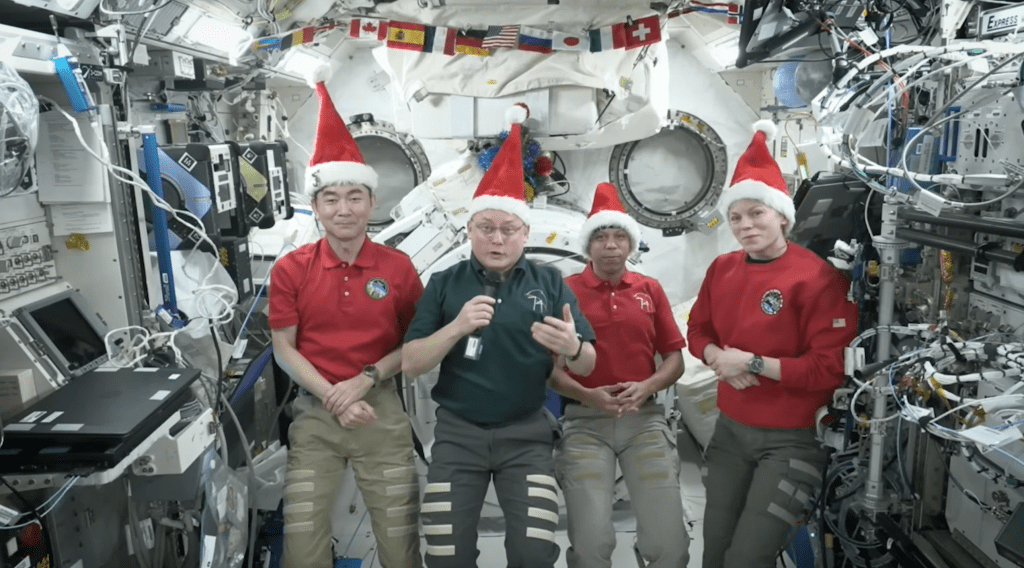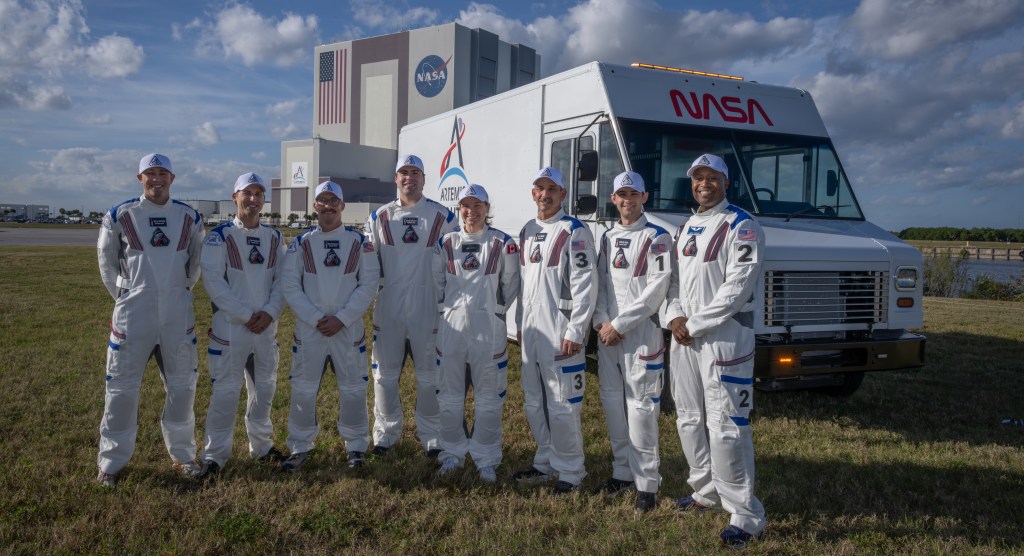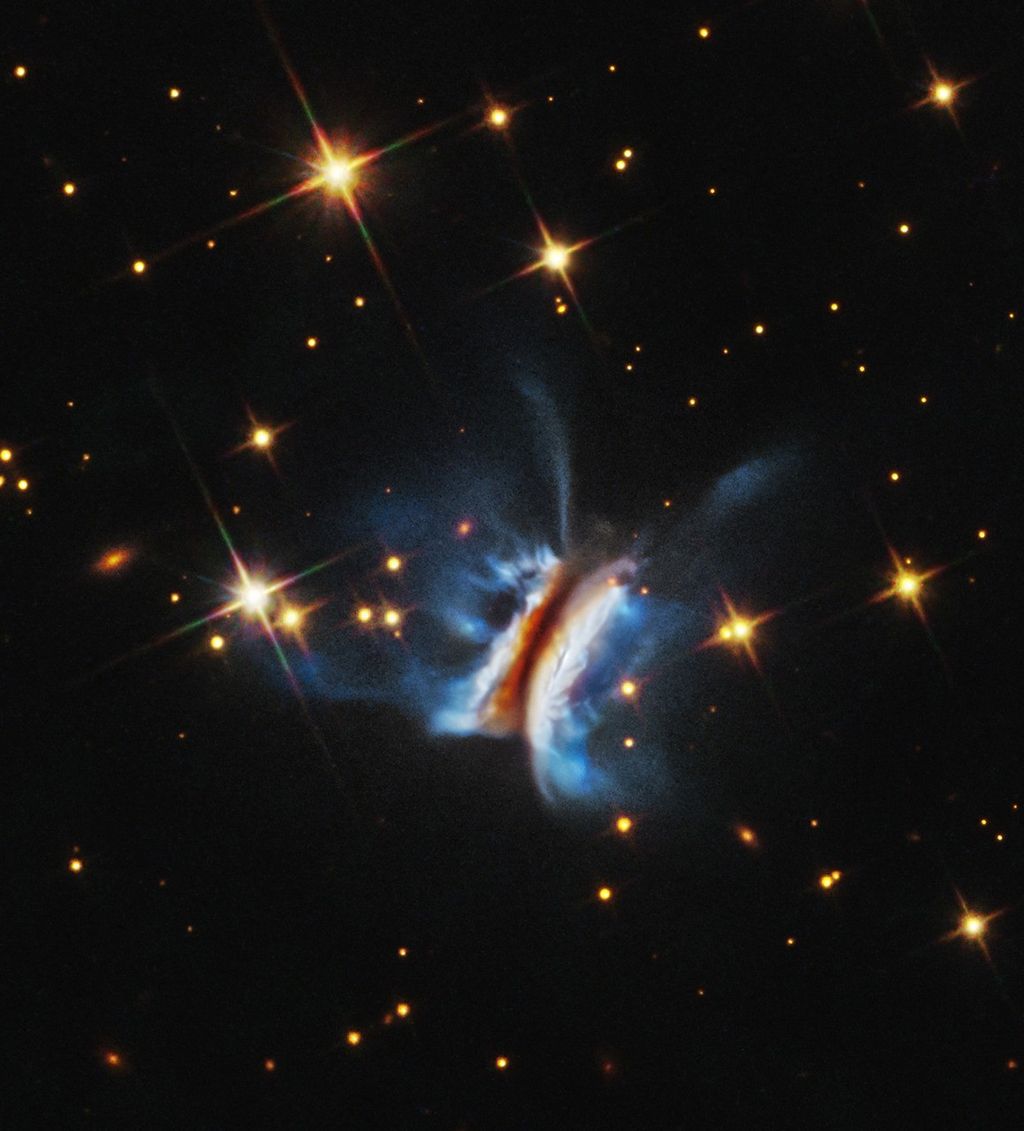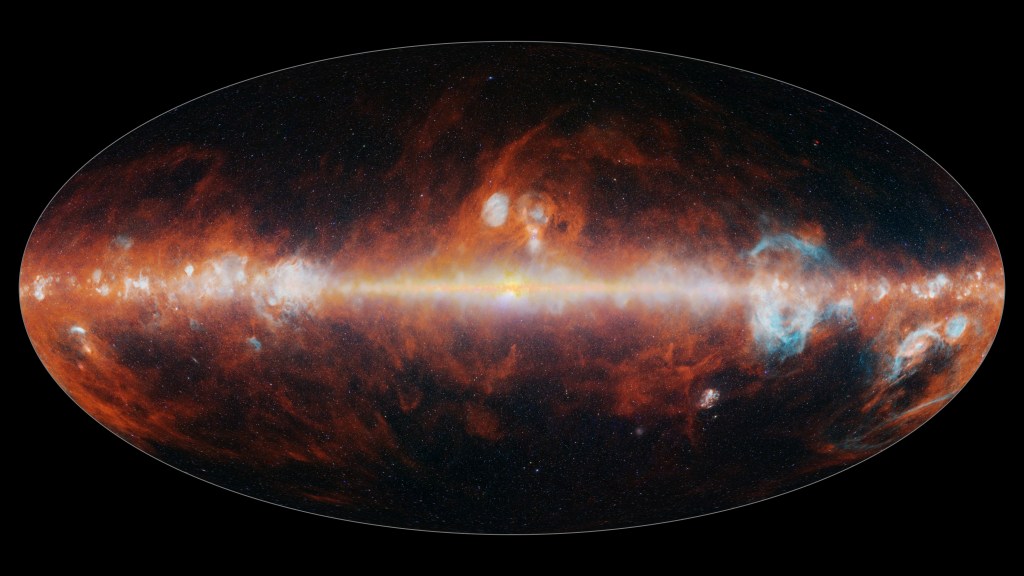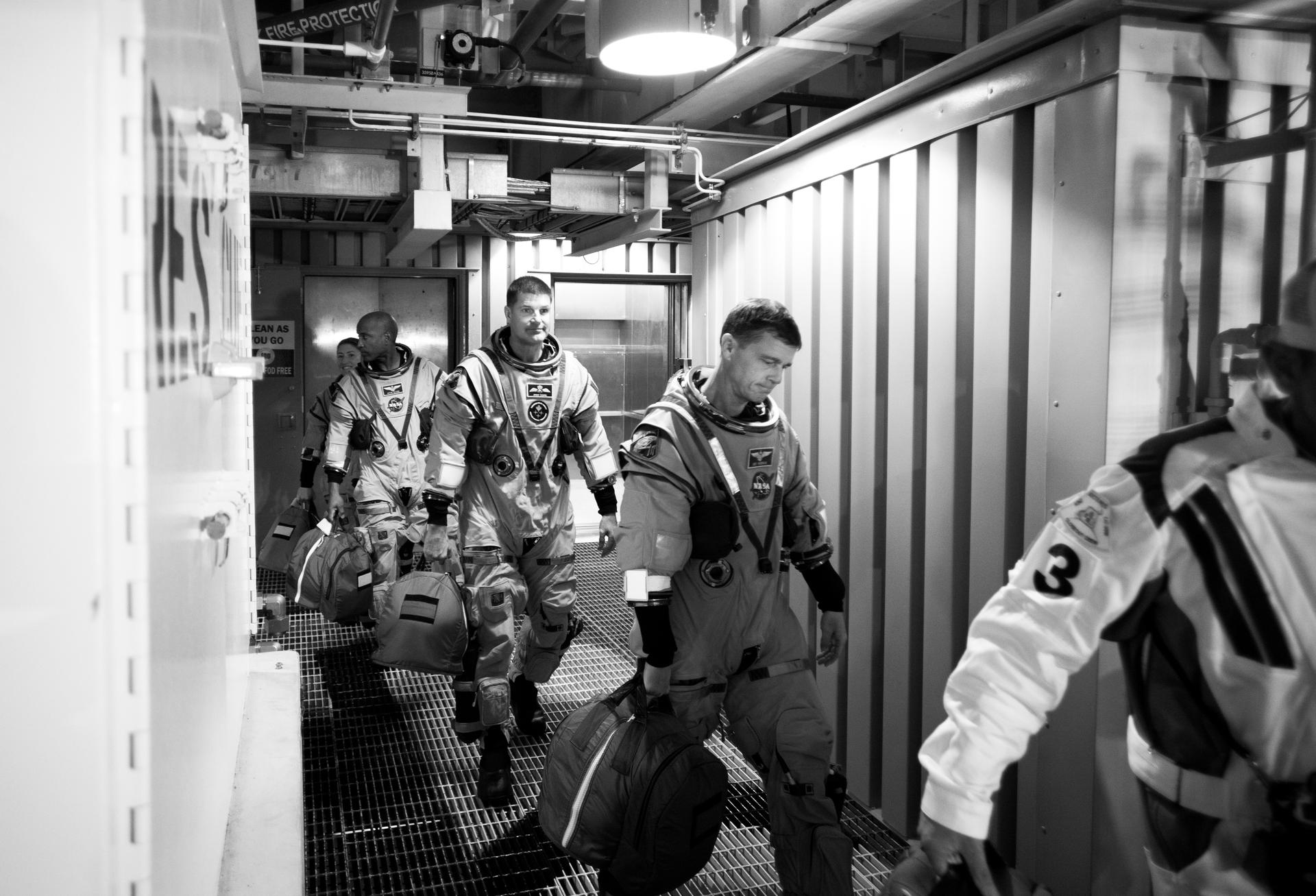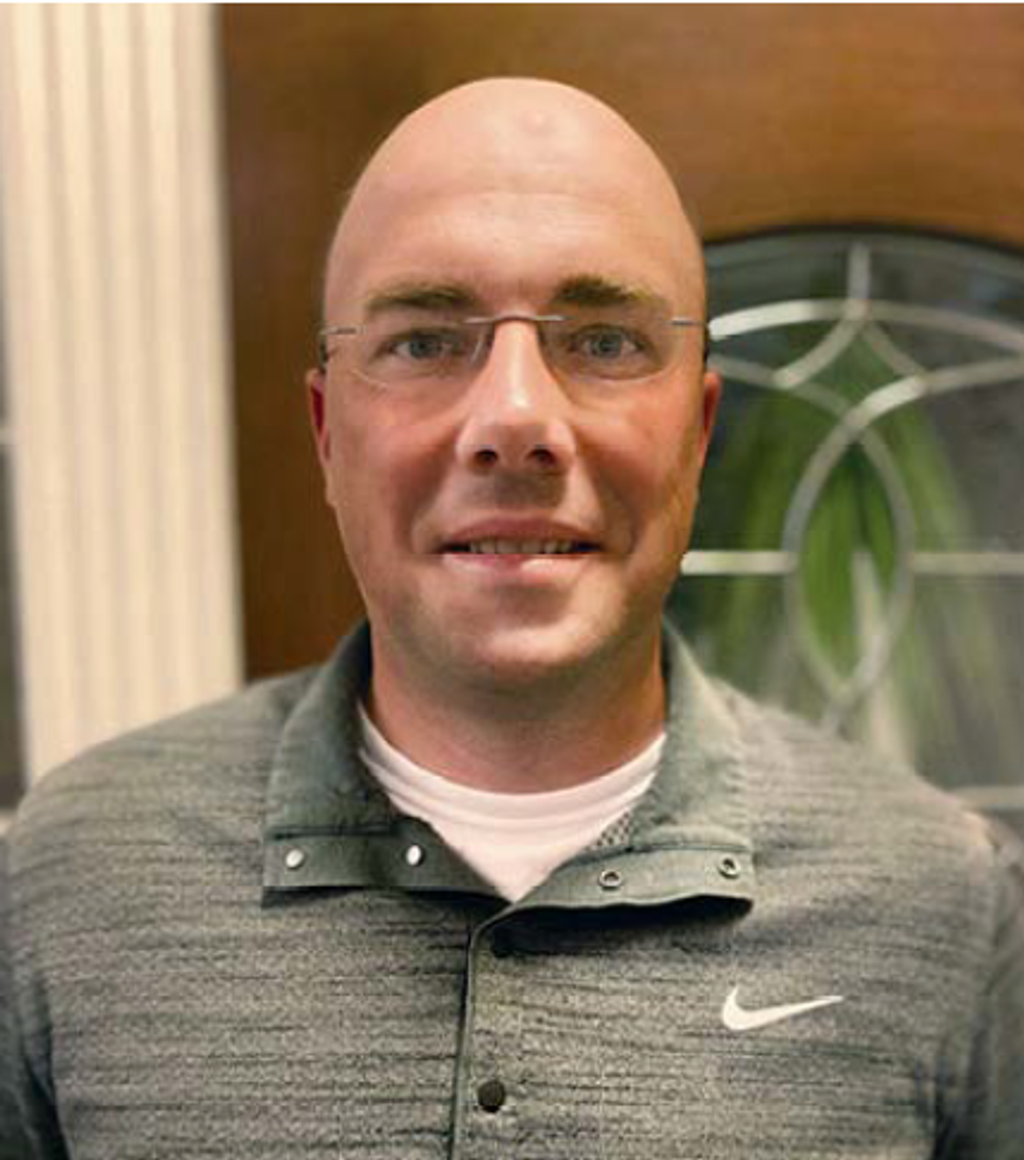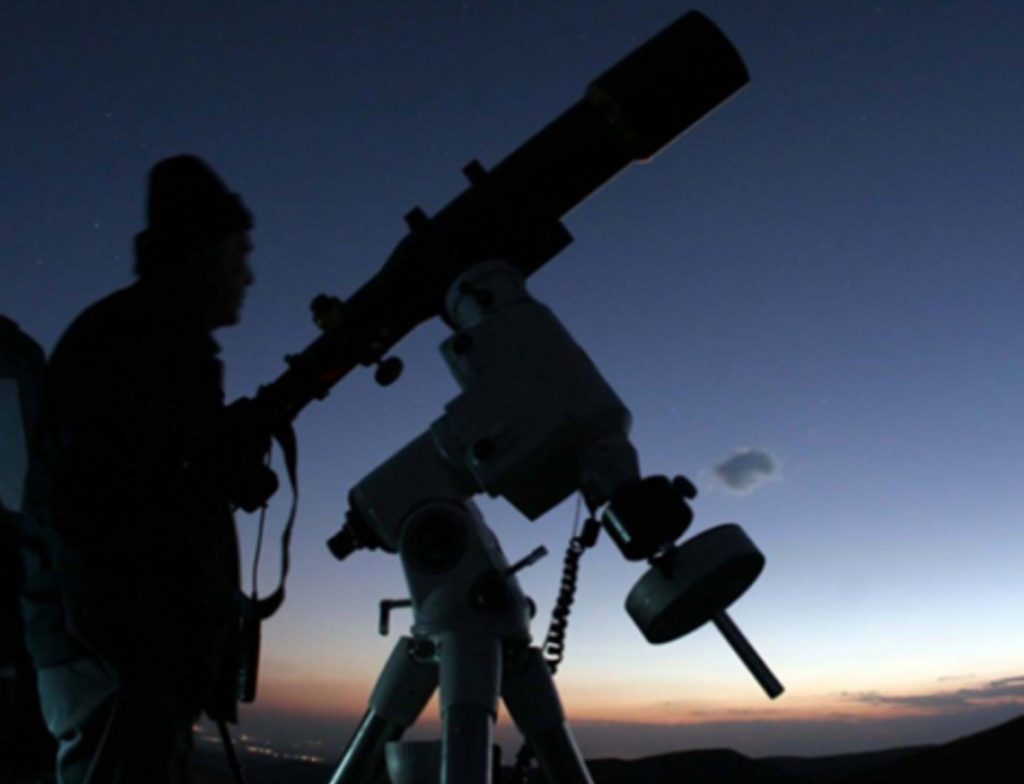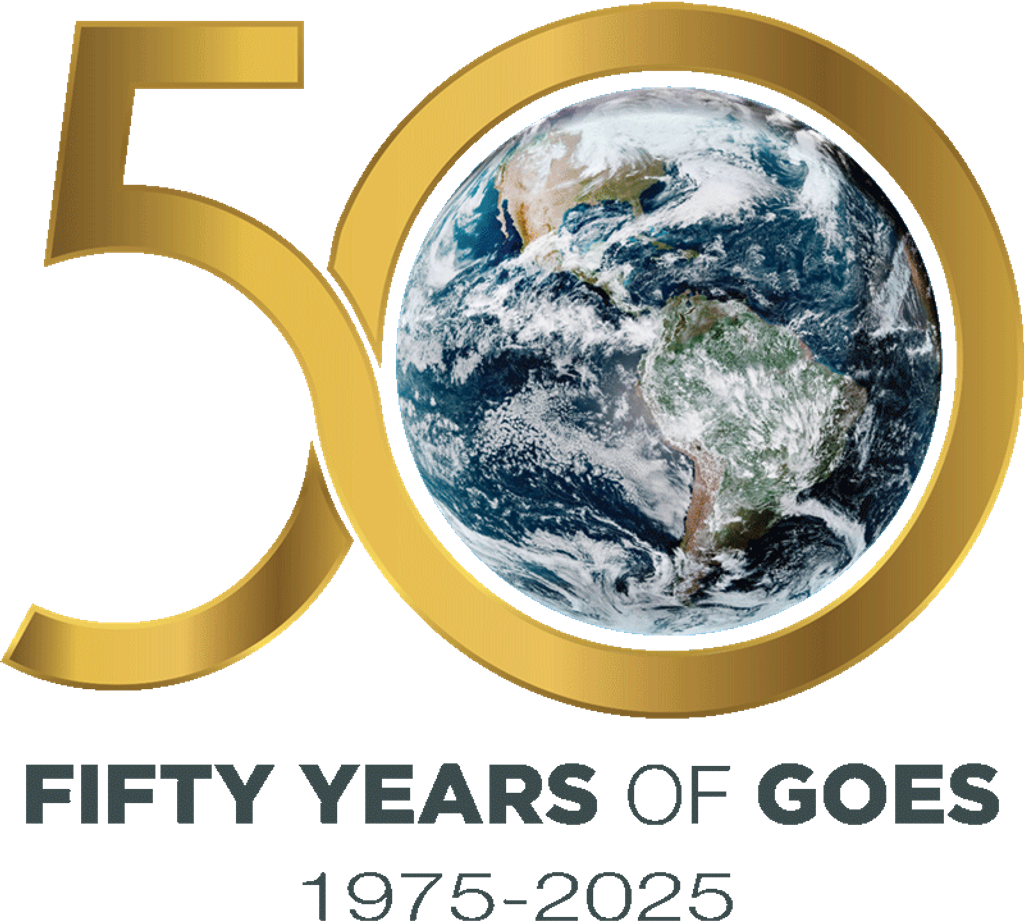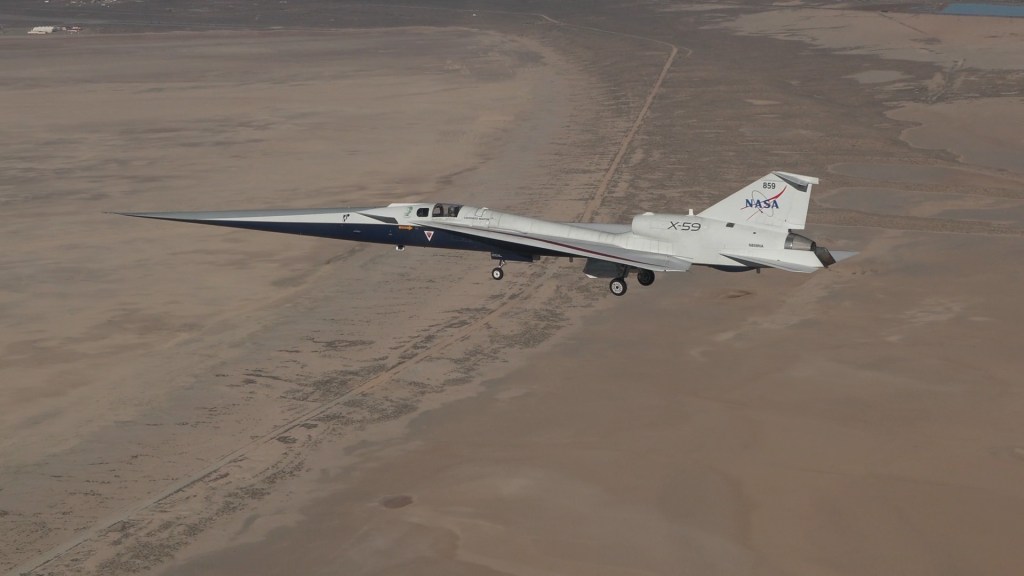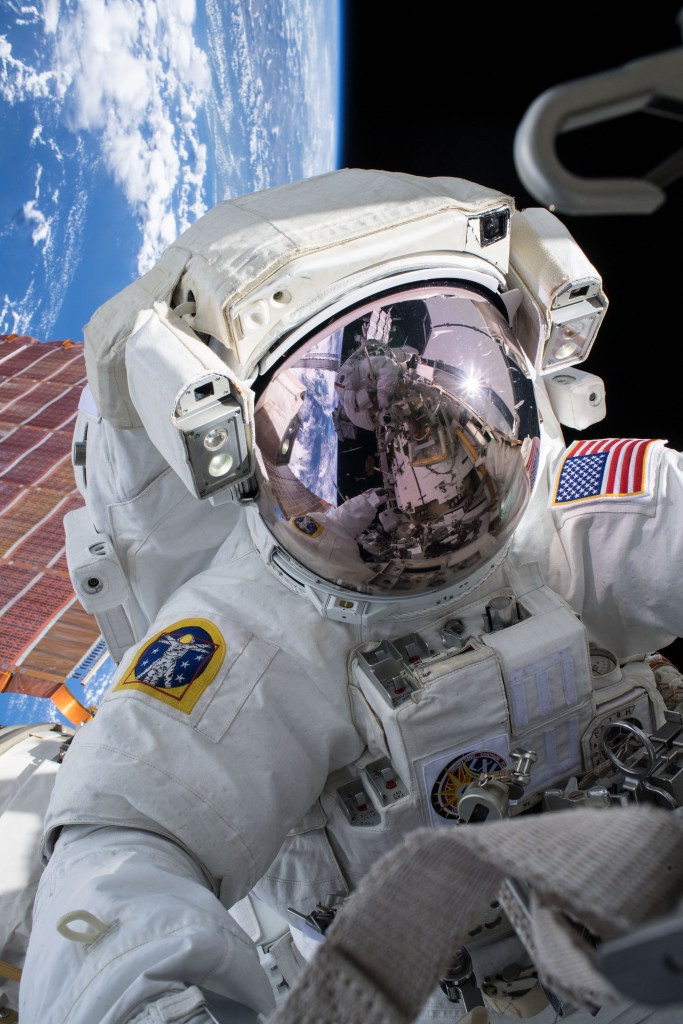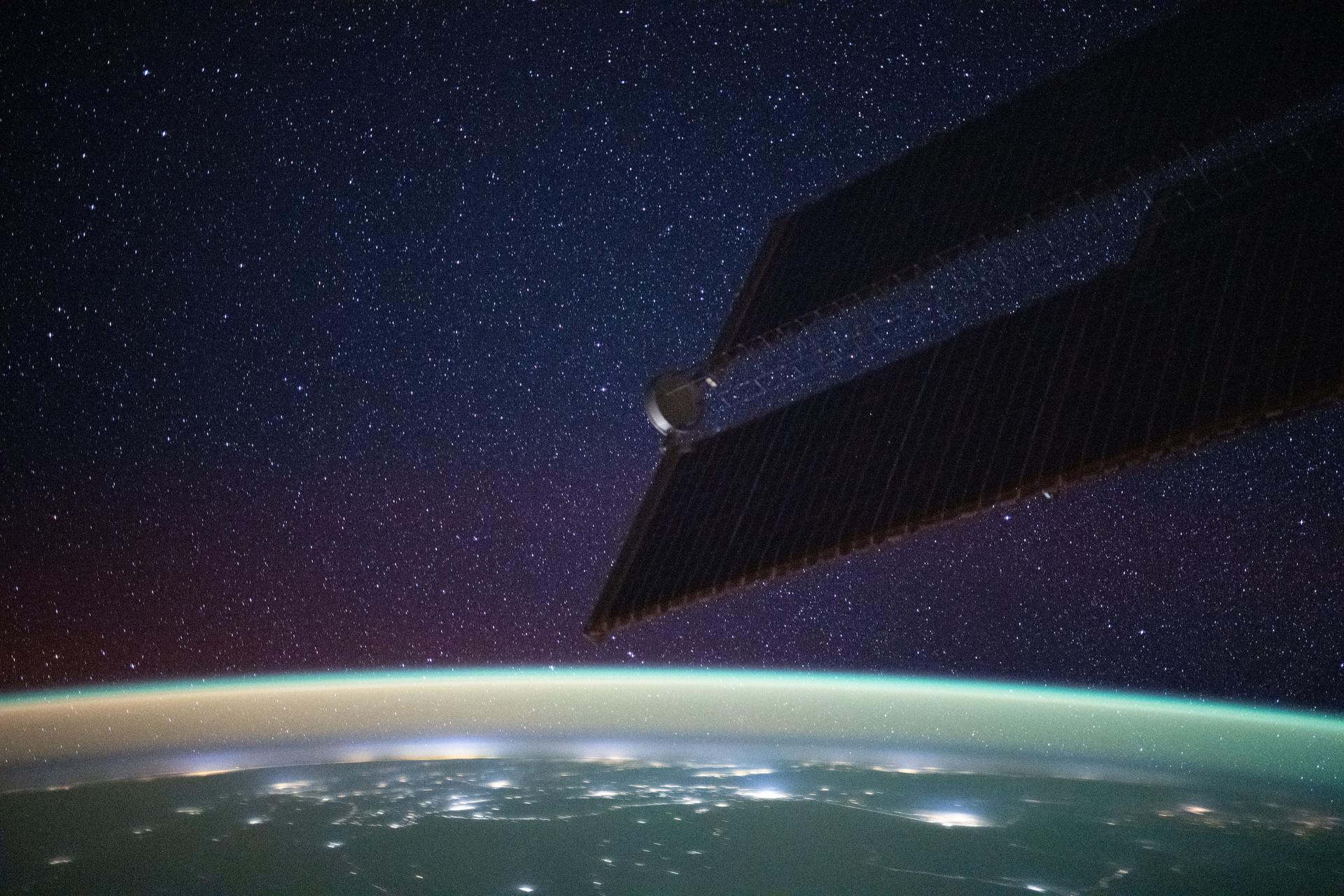Week Wraps on Station With Cardiac Research, Stem Cells, and Eye Checks
Cardiac research, stem cell observations, and eye checks to ensure astronaut health wrapped up the week for the Expedition 73 crew aboard the International Space Station. The orbital residents also continued working on spacesuits and unpacked a pair of resupply ships rounding out their work week.
Doctors continuously study how living in weightlessness affects a crew member’s circulatory system from the heart to the tiniest vessels and blood cells. The station crew is constantly monitored through a variety of devices including electrodes, ultrasounds, and blood pressure cuffs providing insights potentially informing advanced ways to protect astronaut health on future missions to the Moon, Mars, and beyond.
Station Commander Sergey Ryzhikov and Flight Engineer Alexey Zubritsky, both Roscosmos cosmonauts, continued exploring how blood circulates to and from the smallest vessels in a crew member’s body. The duo once again wore sensors on their forehead, fingers, and toes that monitored blood flowing to their microcirculatory and tissue systems. The medical data may help researchers develop techniques that protect future space crews on long-duration missions and prepare them for the return to Earth’s gravity.
NASA Flight Engineer Jonny Kim assisted veteran Flight Engineer Mike Fincke from NASA as he treated stem cells inside the Kibo laboratory module’s Life Science Glovebox. Fincke placed the stem cell samples inside the KERMIT fluorescence microscope so scientists could observe how the programmed cells grow and change into heart and brain cells in microgravity. Results may lead to personalized health treatments in space and advanced treatments for heart conditions and degenerative neurological disorders on Earth.
Kim then joined NASA Flight Engineer Zena Cardman as she scanned his eyes in the Columbus laboratory module using standard medical imaging gear found in a doctor’s office on Earth. Cardman first attached electrodes to Kim’s forehead and to the sides of his eyes that sent flashes of light to measure the electrical response of Kim’s retinas. Next, she operated optical gear inside the Harmony module that sent lightwaves into his eyes so doctors on the ground could observes the retina, cornea, and optic nerve in real time. Doctors will use the data to look for and learn how to prevent space-caused vascular structure and functional changes to a crew member’s eyes.
Cardman, Kim and Fincke also took turns servicing spacesuits inside the Quest airlock. The trio removed and installed batteries on the suits and swapped a life support device inside the suit that provides ventilation and cooling during a spacewalk.
Earlier in their shift, Kim and Fincke spent some time unpacking science, supplies, and hardware recently delivered aboard a pair cargo ships. Kim offloaded some of the new life support gear and science experiments packed inside JAXA’s (Japan Aerospace Exploration Agency) HTV-X1 resupply ship that arrived on Oct. 29. Fincke continued transferring some of the 11,000 pounds of research and supplies packed inside Northrop Grumman’s Cygnus XL cargo spacecraft.
JAXA Flight Engineer Kimiya Yui spent his day primarily on maintenance first inspecting filters inside the Columbus lab’s BioLab research incubator then cleaning the Tranquility module’s ventilation system. Roscosmos Flight Engineer Oleg Platonov also worked throughout the day on maintenance in the station’s Roscosmos segment checking smoke detection equipment and photographing module windows for inspection.
Learn more about station activities by following the space station blog, @space_station on X, as well as the ISS Facebook and ISS Instagram accounts.
Get the latest from NASA delivered every week. Subscribe here.

